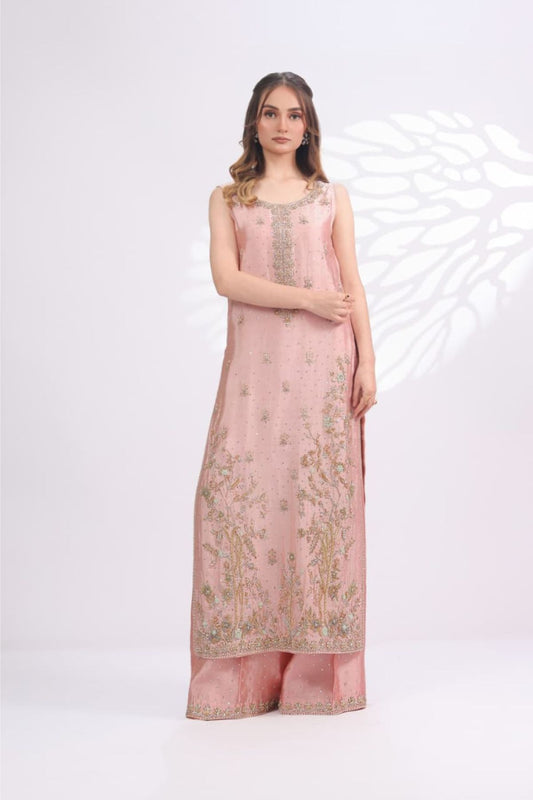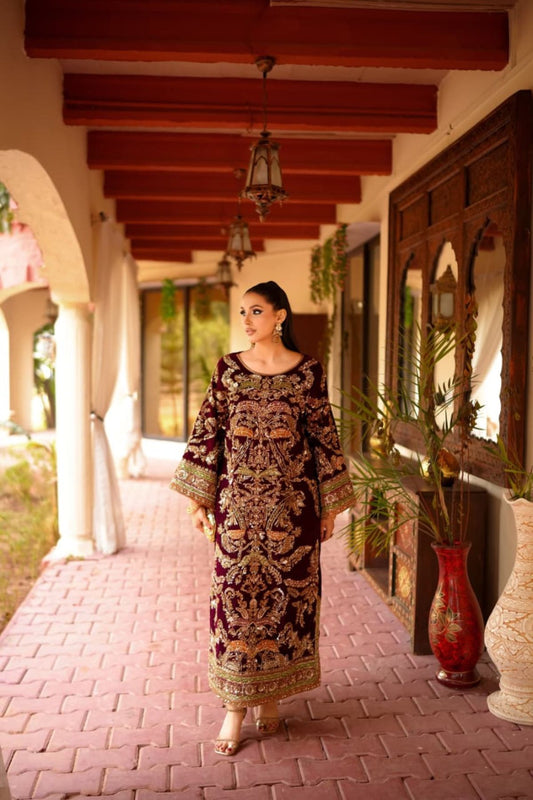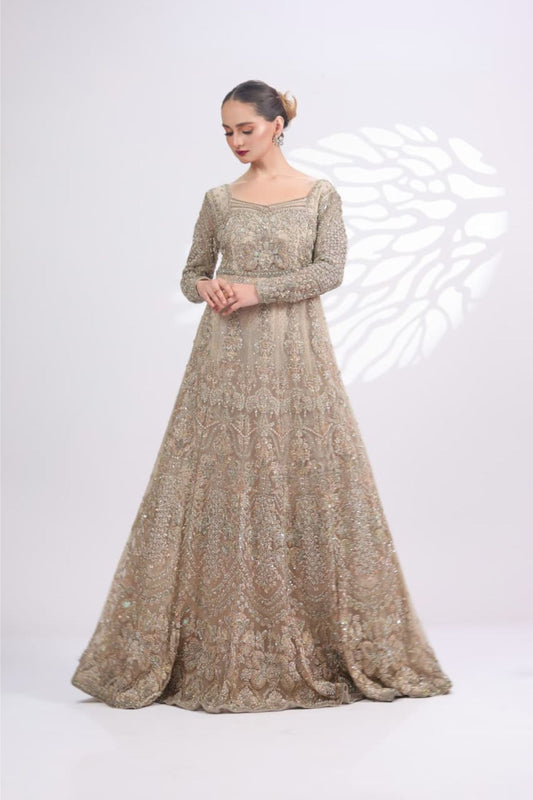Fabric Psychology: Why Linen Feels Relaxed and Silk Feels Luxurious
Introduction to Fabric Psychology
In the world of textiles, fabric psychology plays a crucial role in understanding how different materials impact our emotions and well-being. It's not just about how fabrics look, but how they feel and the psychological responses they trigger. Recognizing these effects can transform the way you choose clothing and home textiles, enhancing both comfort and mood.
Textures, colors, and the origins of fabrics all influence our emotional state. Linen, with its natural, breathable feel, is often linked to relaxation and tranquility. In contrast, silk such as silk saree symbolizes luxury and elegance, offering a sensory experience that can instantly elevate your mood.
This article explores the fascinating world of fabric psychology by focusing on two standout materials: linen and silk. We'll examine their unique properties, how they affect mood and comfort, their influence, and how to use them in daily life for greater well-being.
Understanding Linen: The Relaxing Essence
Linen is a textile made from the fibers of the flax plant, valued for its breathability and durability. One key reason linen promotes relaxation is its ability to wick moisture away from the skin, keeping you cool and comfortable in warm climates.
Its texture also contributes to its calming effect. Unlike synthetic fabrics, linen has a natural, slightly coarse yet soft feel that can foster a sense of grounding and tranquility. In addition, linen's subtle variations in color and weaves evoke simplicity and purity, helping create a serene and uncluttered atmosphere. With its soothing tactile and visual qualities, linen is a perfect choice for enhancing everyday comfort, complementing formal dresses, and promoting well-being.
The Luxurious Touch of Silk

Silk, often dubbed the "Queen of Fabrics," is celebrated for its luxurious feel and radiant sheen. The smooth texture of silk against the skin provides a unique sensory experience, often associated with indulgence and sophistication.
Wearing silk can elevate your mood, making you feel more confident and poised. It is often chosen for special occasions wedding dresses, and high-end fashion, where its luxurious touch transforms an outfit into a statement piece.
Beyond its aesthetic appeal, silk also offers practical benefits. It is hypoallergenic, making it suitable for those with sensitive skin. Additionally, silk's natural temperature-regulating properties provide comfort in both warm and cool climates. Incorporating silk into your wardrobe or home decor can enhance your environment, adding a touch of elegance and comfort.
Comparing Linen and Silk: Benefits and Drawbacks
When comparing linen and silk, it's essential to consider their unique benefits and potential drawbacks. Linen is lauded for its breathability and durability, though it wrinkles easily and may require more maintenance to keep it looking neat.
Silk, with its luxurious appeal, offers unparalleled softness and sheen. It’s ideal for formal occasions and elegant settings. However, silk is more delicate, requires careful handling, and can be more expensive, which may not suit all budgets.
Ultimately, the choice between linen and silk depends on your personal preferences. By weighing the benefits and drawbacks, you can make informed decisions that best suit your style and comfort.
Sustainable Practices in Linen and Silk Production
Sustainability is a growing concern in the textile industry, and both linen and silk have roles to play in promoting eco-friendly practices. Linen, derived from the flax plant, is one of the most sustainable fabrics available. It requires minimal water and pesticides, and every part of the flax plant can be used, minimizing waste.
Innovations like "peace silk" allow for the humane treatment of silkworms, aligning with ethical and sustainable values. By choosing sustainably produced linen and silk, you contribute to a more environmentally conscious textile industry.
Look for certifications like the Global Organic Textile Standard (GOTS) for linen or the Responsible Silk standard for peace silk. These choices not only benefit the planet but also ensure that you are investing in quality, ethically produced fabrics.
Tips for Incorporating Linen and Silk into Your Lifestyle
Integrating linen and silk into your lifestyle can be a rewarding experience that enhances your comfort and style. Here are some tips to help you incorporate these fabrics seamlessly:
- Start Small: Introduce linen and silk through accessories like scarves, pillowcases, or table linens. These small items can add a touch of luxury and relaxation to your daily life.
- Mix and Match: Pair linen and silk with other fabrics to create a balanced look. For instance, combine a linen shirt with cotton pants for a casual yet chic outfit, or add a silk scarf to a wool coat for an elegant touch.
- Consider the Seasons: Use linen in warmer months for its cooling properties and incorporate silk during cooler seasons for its warmth and elegance. This seasonal approach ensures you get the most out of each fabric's benefits.
- Care and Maintenance: Follow proper care instructions to maintain the quality of linen and silk. Linen can be machine washed on a gentle cycle, while silk often requires handwashing or dry cleaning.
- Invest in Quality: Choose high-quality linen and silk products to ensure durability and longevity. Quality fabrics not only look better but also offer superior comfort and performance.
By incorporating linen and silk into your wardrobe and home, you can create an environment that supports relaxation, luxury, and sustainability.

Conclusion
Fabrics like linen and silk offer more than just aesthetic appeal; they provide emotional and sensory experiences that can enhance your quality of life. Understanding the psychology of these fabrics allows you to make informed choices that align with your lifestyle and values.
Linen's relaxing essence and silk's luxurious touch cater to different aspects of your emotional needs. By incorporating these fabrics thoughtfully, you can create an environment that promotes comfort, elegance, and sustainability. Embrace the tranquility of linen and the sophistication of silk and let these fabrics enrich your life.






